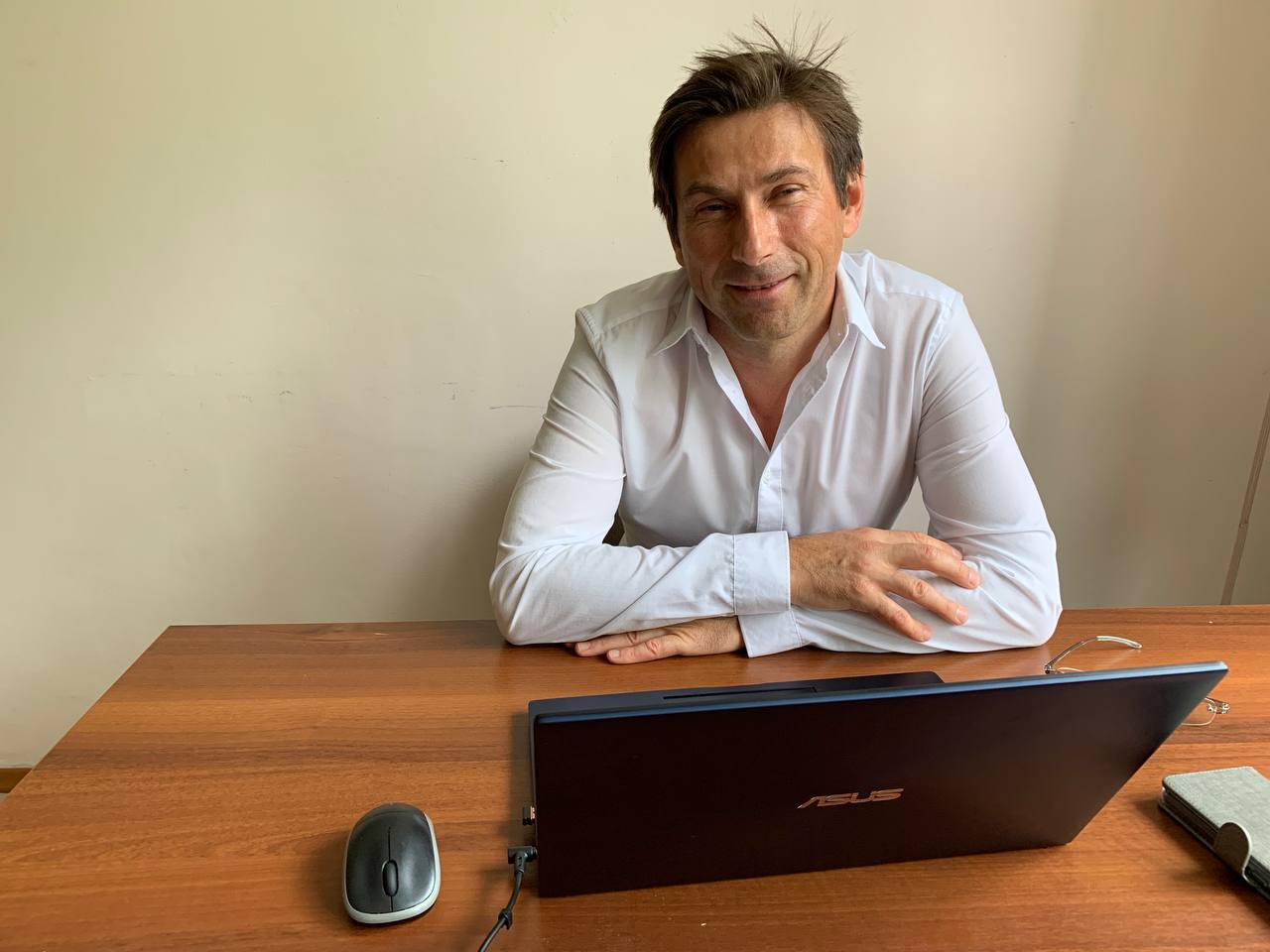"There are several methods to monitor and explore the ozone layer from the Earth: from an airplane or an air balloon, or a satellite. One of the methods is analyzing absorbed or reflected emissions from the Sun or a signal from the Earth's surface. For example, to know the quantity and density of the layer, we need to know the properties of ozone in relation to that kind of emission. It can be in the ultraviolet or infrared part of the spectrum. We need to know the properties of ozone in relation to that and how it behaves when colliding with other molecules to understand and, perhaps, control how ozone is formed and what it reacts with. It is necessary to understand its evolution," says Dr. Slava Kokooulin.

During the stay, US scientists and colleagues from Russia are experimenting with forming and investigating ozone. They monitor the reaction between molecular oxygen (O), atomic oxygen (O2), and an additional third molecule. For an atom and molecule to form a stable ozone molecule (О3), some part of energy needs to be absorbed by some other processes or bodies. In the atmosphere, it is most likely to be a collision with nitrogen.
"The faster the reaction of collision goes, the faster ozone is formed. We have calculated the rate of formation for such a reaction, and now we are investigating the properties of ozone in its excited state. Because it does not stabilize immediately, for some time O2 and О are together and vibrate continuously, and then they diverge, if there is no process to keep them together," explains the physicist.
In this project Dr. Slava Kokooulin investigates the molecular dynamics of collision. The partnership works on various topics at the same time, but the research team headed by Vladimir Tyuterev, chief researcher at the Laboratory of Quantum Mechanics of Molecules and Radiation Processes of Tomsk State University, is located in Tomsk, and video calls and phone calls are not very effective. For example, the researchers couldn't finalize calculations on ozone formation for several months. During the two-week visit, they have not only finalized the results, but started on the new tasks to calculate stabilization speed of ozone.
"Video Calls made the distance work easier, but it is necessary to meet face to face from time to time too. You cannot connect online, cannot generate ideas. Communication with colleagues from other universities and countries motivates a lot - otherwise, when you are on your own, you close off and cannot create anything new. Partnership helps create new projects and involves the youth in science, because there are different people, different countries, different ideas - it is interesting, and interest is the driving force of science," explains Dr. Slava Kokooulin
Now the project is on the finish line, the only thing left to do is to complete the calculations and publish the results. However, Dr. Slava Kokooulin doesn't want to stop here. He wants to form a team of students to study plasma at TSU. As the professor notes, "Students here have good background in math and physics, compared to American students", so in the future we might see double-degree programs, research grants, and scholarships from the University of Central Florida.






